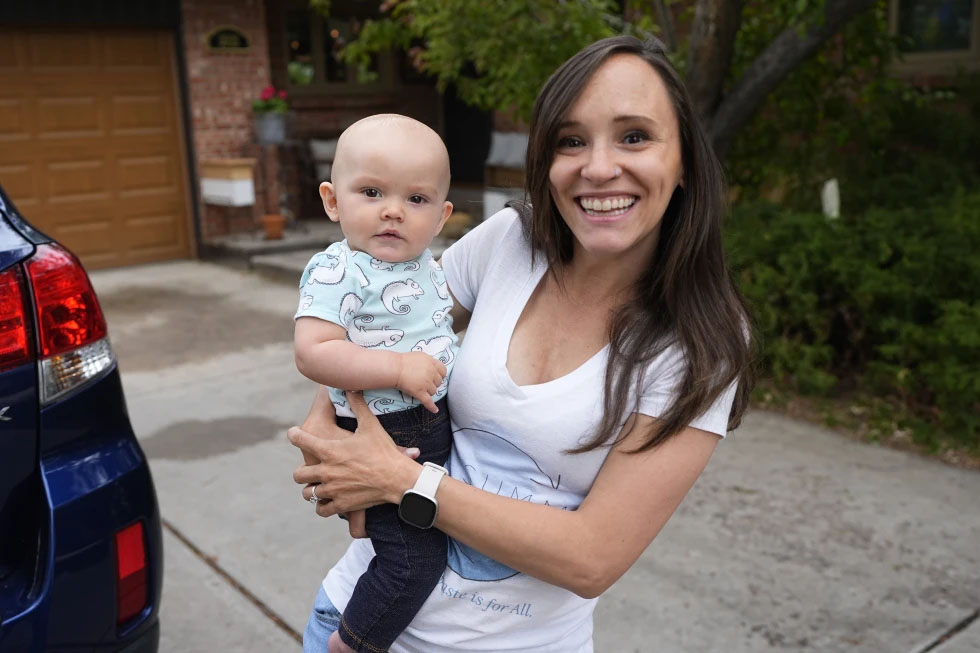
Photo Credit: Associated Press
More working U.S. parents than ever are celebrating their first Mother’s Day with hard-fought access to paid time off to care for newborns. But the majority still must forego pay to care for new babies or other loved ones, even as efforts to expand paid parental and family leave gain traction.
Bipartisan groups in the U.S. Senate and House have revived efforts to expand paid family leave to more workers, with momentum building to introduce legislation this year. In the absence of a federal law, 13 states plus the District of Columbia have adopted paid family and medical leave laws, which entitle workers to paid time off to care for newborns or other loved ones who require care.
Still, just 27% of civilian workers in the U.S. get paid family leave, according to the latest data from the Bureau of Labor Statistics. Workers who can least afford to take unpaid time off are also the least likely to have access to paid leave: According to the BLS, just 14% percent of workers in the lowest 25% wage category get that benefit, compared to 48% of those in the top 10%.
For families without paid leave, babies “are going to day care when they are two weeks old. They do not even have immunizations. They’re not on regular feeding patterns. Moms are giving up breastfeeding far sooner than they would like to,” Elizabeth Gedmark, vice president at nonprofit advocacy organization A Better Balance, said during a recent virtual conference to advocate for federal paid family leave organized by the W.K. Kellogg Foundation.
Pennsylvania’s House and Senate are considering legislation that would provide up to 20 weeks of paid family leave through a payroll tax. The proposed measure has bipartisan sponsorship but some Republicans have vocally opposed it because of the cost to taxpayers.
















